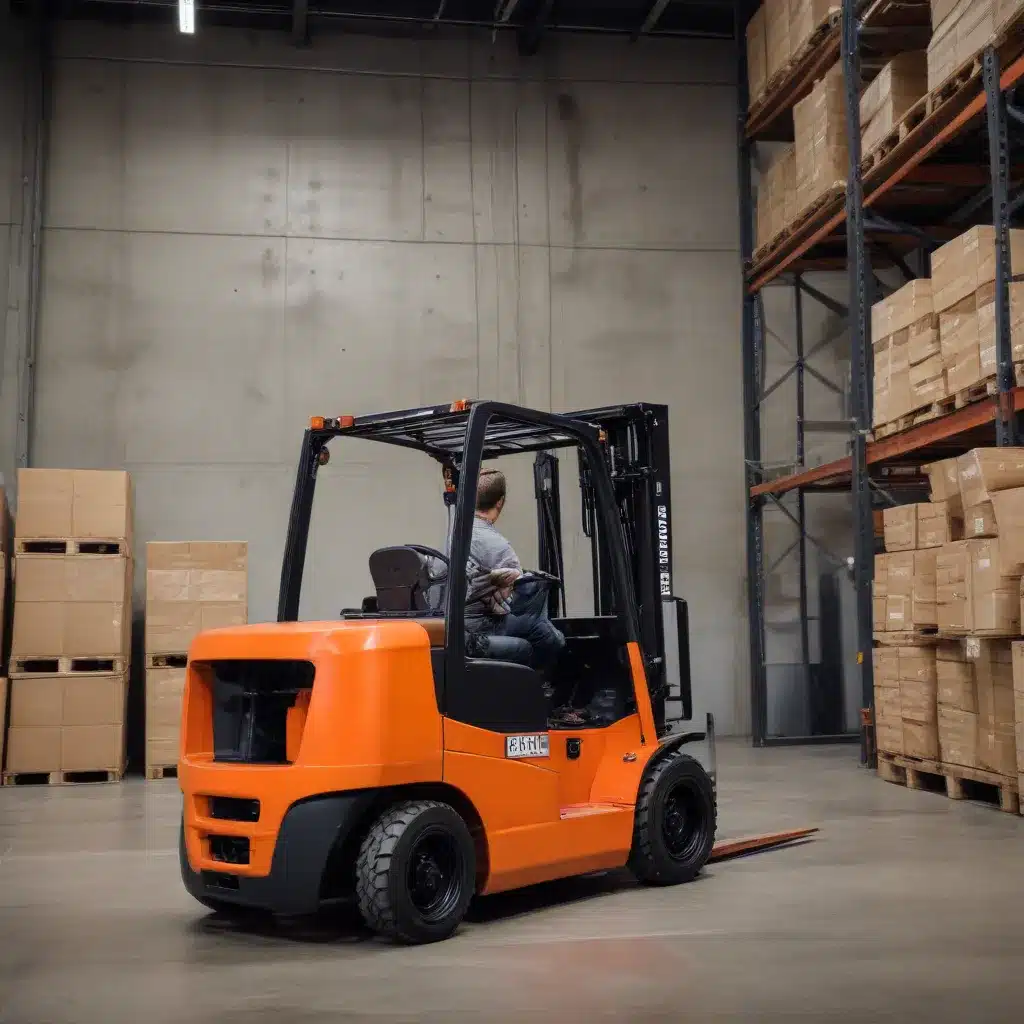
The Shifting Dynamics of Forklift Ownership
As the business landscape evolves, companies are faced with a critical decision: should they lease or buy their forklifts? This choice can have a significant impact on their operations, budgets, and ability to adapt to changing market demands. In this comprehensive article, we’ll explore the nuances of forklift leasing and purchasing, highlighting the key considerations that can help industry professionals make the most informed decision for their businesses.
The Rise of Forklift Leasing
Forklift leasing has gained traction in recent years, particularly among businesses that operate in dynamic or seasonal environments. One of the primary advantages of leasing is the lower upfront costs. Rather than investing a substantial amount of capital into purchasing a forklift, companies can opt for a leasing arrangement that requires a more manageable monthly payment. This can be especially beneficial for small businesses or those with fluctuating forklift needs, as it frees up resources that can be redirected towards other essential aspects of the operation.
Leasing also offers increased flexibility. Businesses can choose to upgrade to newer, more technologically advanced models as their requirements evolve, without the burden of disposing of older equipment. This is particularly relevant in an industry that is experiencing rapid technological advancements, such as the integration of automated guided vehicles (AGVs) and self-driving forklifts. By leasing, companies can stay ahead of the curve and ensure their material handling capabilities align with their evolving needs.
Furthermore, the leasing option can be advantageous for businesses with seasonal or project-based work. Instead of investing in forklifts that may sit idle during off-peak periods, they can rent equipment as needed, tailoring their forklift fleet to the specific demands of each job or season.
The Benefits of Forklift Ownership
While leasing offers compelling advantages, purchasing a forklift can also be a strategic choice for many businesses. One of the primary benefits of ownership is the long-term cost savings. Over time, the cumulative leasing fees may exceed the initial investment of purchasing a forklift outright. This is particularly true for companies with consistent, high-volume forklift usage that can effectively amortize the equipment cost over an extended period.
Moreover, forklift ownership provides greater control and customization. Businesses can choose the specific models, features, and attachments that best suit their operational needs, rather than being limited to the options available through a leasing provider. This flexibility can be crucial in industries with unique or specialized requirements, such as cold storage or hazardous material handling.
Owning forklifts also allows companies to tailor maintenance and servicing schedules to their own preferences, ensuring the equipment is well-maintained and ready for use when needed. This can lead to increased reliability, extended lifespan, and potentially lower long-term costs compared to leasing arrangements, where maintenance responsibilities may be shared or less controllable.
Navigating the Technological Landscape
As the forklift industry continues to evolve, businesses must consider the impact of emerging technologies on their ownership decisions. The shift towards electric forklifts, driven by environmental concerns and regulatory changes, is a prime example. Electric models offer reduced operational costs, lower emissions, and quieter operation, making them an attractive choice for indoor environments or businesses with sustainability goals.
Advancements in forklift safety features, such as collision detection, automatic braking systems, and improved visibility, are also transforming the industry. These innovations can significantly enhance workplace safety and help companies comply with stringent regulations, such as those set by the Occupational Safety and Health Administration (OSHA) in North Carolina.
Furthermore, the integration of telematics in forklift operations is enabling data-driven decision-making. By analyzing usage patterns, maintenance needs, and operator performance, businesses can optimize their forklift fleet, reduce downtime, and make informed investments that align with their goals.
Factors to Consider When Leasing or Buying
When evaluating the decision to lease or buy forklifts, businesses should carefully consider the following factors:
-
Frequency of Use: Determine the anticipated frequency and duration of forklift use within your operations. For consistent, high-volume usage, purchasing may be more cost-effective in the long run. Conversely, for seasonal or project-based work, leasing can provide the necessary flexibility.
-
Financial Considerations: Assess your company’s capital reserves, cash flow, and access to financing. Leasing can be advantageous for businesses with limited upfront funds or a preference for fixed monthly payments. Purchasing may be more suitable for those with the financial resources to make the initial investment.
-
Technological Needs: Consider the current and future technological requirements of your operations. If your business needs to keep pace with rapidly evolving forklift features and capabilities, leasing may provide easier access to the latest models and innovations.
-
Maintenance and Servicing: Understand the maintenance responsibilities and associated costs under different ownership models. Leasing may simplify maintenance, while purchasing allows for more control over servicing schedules and providers.
-
Regulatory Compliance: Ensure your forklift management strategy aligns with applicable safety regulations, such as OSHA’s requirements for operator training and equipment inspections. Both leasing and purchasing options must adhere to these standards.
By carefully evaluating these factors, businesses can make an informed decision that balances their operational needs, financial constraints, and the changing landscape of forklift technology.
Embracing the Future of Forklift Management
As the forklift industry continues to evolve, businesses must adapt to the shifting landscape of technology and regulations. Whether leasing or purchasing forklifts, staying informed about the latest trends, safety guidelines, and maintenance best practices is crucial for maintaining a competitive edge.
By understanding the options and making strategic decisions that align with their unique requirements, companies can optimize their material handling operations, enhance productivity, and ensure the safety of their workforce. As the industry continues to progress, embracing the changing landscape of forklift technology will be a key factor in the long-term success of businesses across various sectors.

